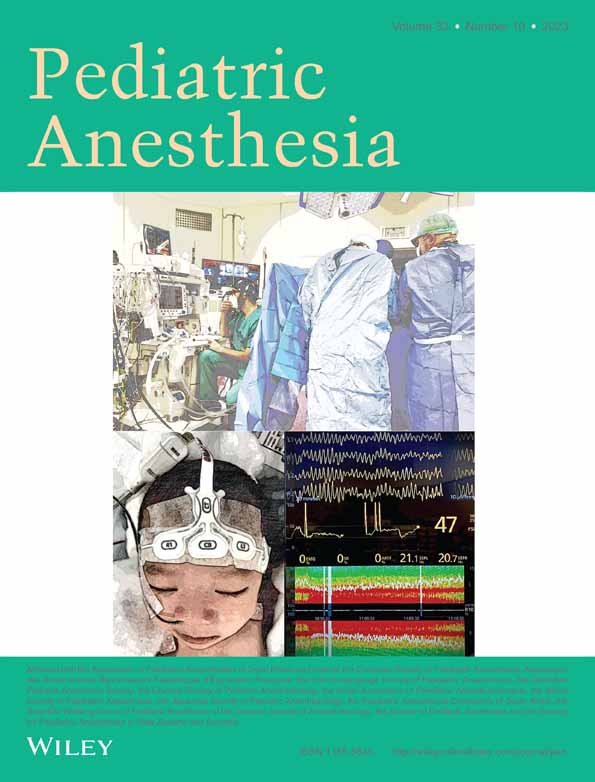Functional near-infrared spectroscopy guided mapping of frontal cortex, a novel modality for assessing emergence delirium in children: A prospective observational study
Clinical trial number: CTRI/2019/01/016896.
Prior Presentations: The Anesthesiology annua; meeting 2021—San Diego, California (Virtual Oral Abstract Presentation)—October 9, 2021.
Section Editor: Dean Kurth
Abstract
Introduction
Despite an 18%–30% prevalence, there is no consensus regarding pathogenesis of emergence delirium after anesthesia in children. Functional near-infrared spectroscopy (fNIRS) is an optical neuroimaging modality that relies on blood oxygen level-dependent response, translating to a mean increase in oxyhemoglobin and a decrease in deoxyhemoglobin. We aimed to correlate the emergence delirium in the postoperative period with the changes in the frontal cortex utilizing fNIRS reading primarily and also with blood glucose, serum electrolytes, and preoperative anxiety scores.
Methods
A total of 145 ASA I and II children aged 2–5 years, undergoing ocular examination under anesthesia, were recruited by recording the modified Yale Preoperative Anxiety Score after acquiring the Institute Ethics Committee approval and written informed parental consent. Induction and maintenance were done with O2, N2O, and Sevoflurane. The emergence delirium was assessed using the PAED score in the postoperative period. The frontal cortex fNIRS recordings were taken throughout anesthesia.
Results
A total of 59 children (40.7%) had emergence delirium. The ED+ group had a significant activation left superior frontal cortex (t = 2.26E+00; p = .02) and right middle frontal cortex (t = 2.27E+00; p = .02) during induction, significant depression in the left middle frontal (t = −2.22E+00; p = .02), left superior frontal and bilateral medial (t = −3.01E+00; p = .003), right superior frontal and bilateral medial (t = −2.44E+00; p = .015), bilateral medial and superior (t = −3.03E+00; p = .003), and right middle frontal cortex (t = −2.90E+00; p = .004) during the combined phase of maintenance, and significant activation in cortical activity in the left superior frontal cortex (t = 2.01E+00; p = .0047) during the emergence in comparison with the ED- group.
Conclusion
There is significant difference in the change in oxyhemoglobin concentration during induction, maintenance, and emergence in specific frontal brain regions between children with and without emergence delirium.
CONFLICT OF INTEREST STATEMENT
None.
Open Research
DATA AVAILABILITY STATEMENT
The data that support the findings of this study are available from the corresponding author upon reasonable request.




